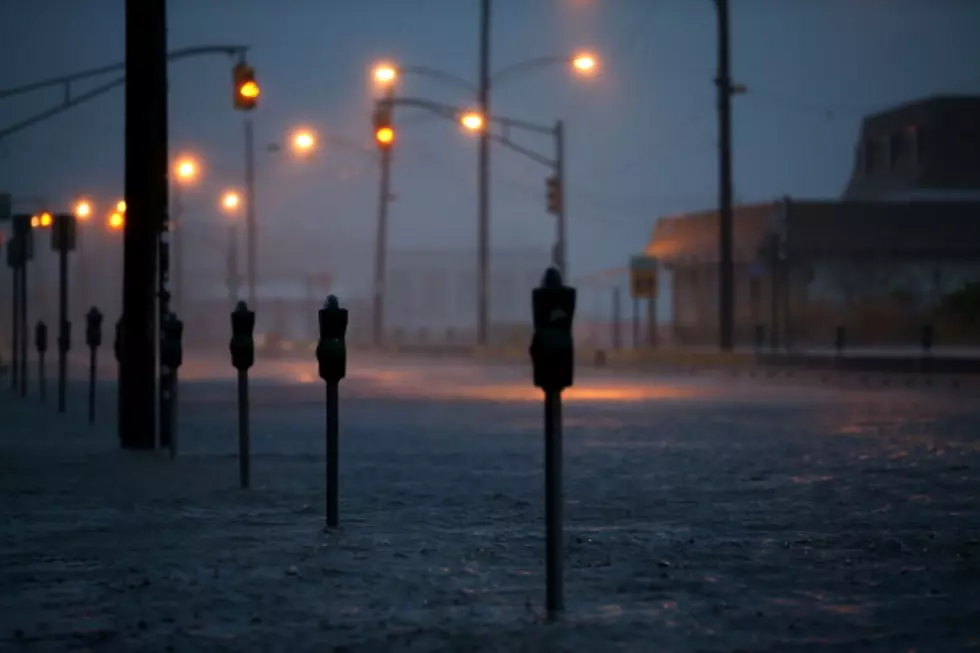![How Long Will It Take to Repair New Jersey Beaches? [AUDIO]](http://townsquare.media/site/397/files/2012/11/Beach-Erosion.jpg?w=980&q=75)
How Long Will It Take to Repair New Jersey Beaches? [AUDIO]
As New Jerseyans sift through the aftermath in the wake of Hurricane Sandy and the devastation it left behind, especially along the New Jersey coastline, many are wondering if, when and how the beaches will ever be repaired.
"In a storm when there is normal beach and dune erosion, waves tend to move sand offshore and it's stored in a sandbar. Then, during calm weather, the waves tend to push the sand back on the beach and the beach repairs itself. That can take a few months to a half a year," said Hilary Stockdon, Research Oceanographer at the U.S. Geological Survey. "In larger storms, where we see really high water levels and really big waves, sand can be transported inland. That's what you're seeing on the Jersey Shore. This is a much more dramatic and long-lasting effect on your beaches because the sand has essentially left the system. It's not on the beach or offshore anymore. It's up in your community."
That will take human intervention with bulldozers to get the sand back to the beach. "How the sand is brought back to the beach is up to the local communities. It also depends on sand availability that there might be offshore or around inlets and the shoals that are around inlets. But, it's also important to remember that the beach will try recover a little bit naturally. The amount of sand that comes back to the beach naturally will depend on where it went during the storm,' said Stockdon. "Was it transported so far offshore that waves really won't be able to get it and move it back to the beach. It's also a possibility that some of the sand was lost down the coast to other communities."
As for the long-term, it could take quite some time to recover.
"This was a very strong category one storm. It was large in size. It was slow moving. So, the coast was battered for several tidal cycles. That is unique and because of that, the impacts are more extreme and will be much more long-lasting. The beach will generally be much more narrow. The shoreline will be closer to the dune or seawall and that's because sand has been removed from the beach," said Stockdon.
More From Lite 96.9 WFPG










